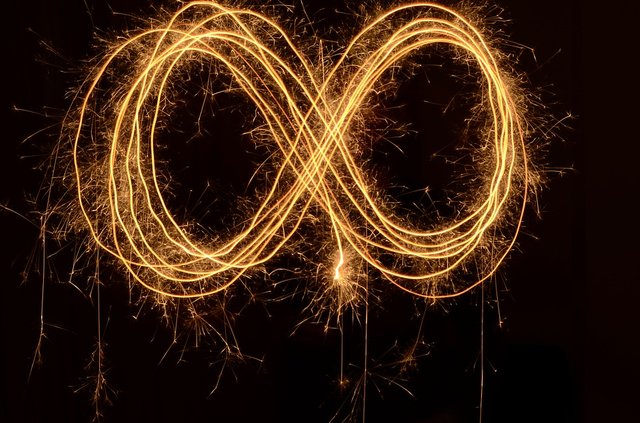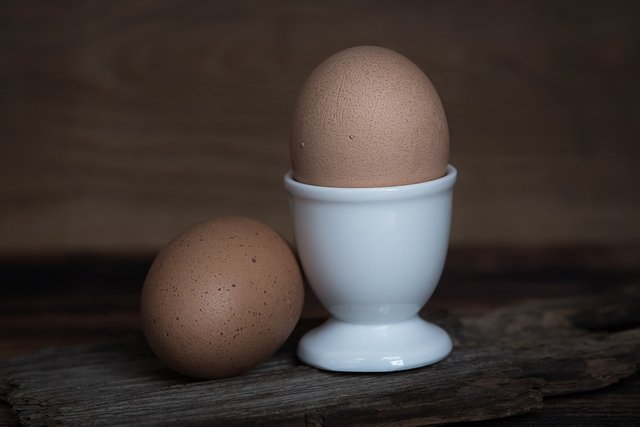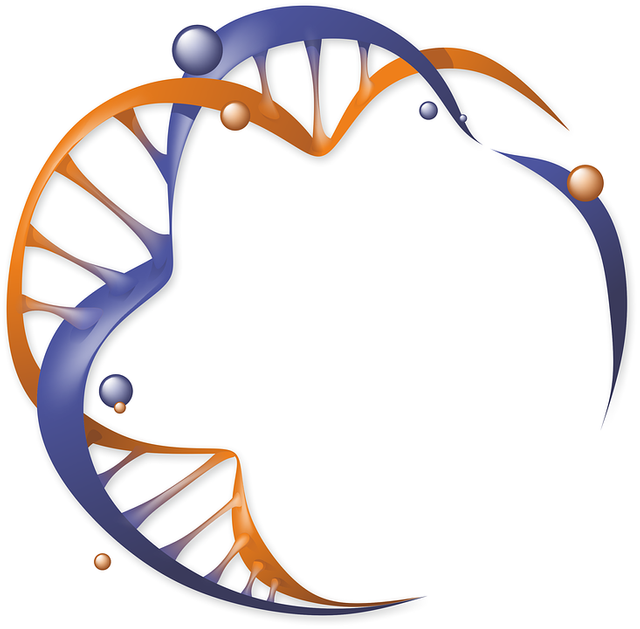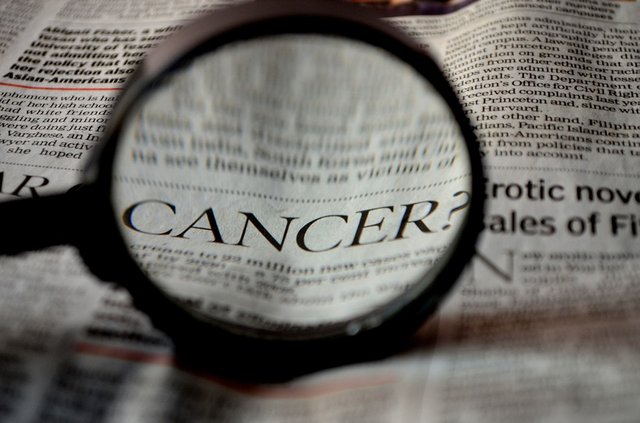Countdown - The genetics behind death (part 1)
Can we make an immortal cell? What is the relation between stress and aging?

I do not hold many memories from when I was a child. Generally I only remember things that when I found out really left a mark in me: Weather, Freddie Mercury, Viruses, the curiosity of how things work and, as a consequence, how do organisms work; therefore, death. How crazy it was when I understood that death was no joke. Really, I literally thought that, that it was a TV concept used for storylines. At my home, I asked my Dad "does death really exist?" and he smirked a bit: "Consider that the house is made of bricks, now imagine that we demolish the house very carefully and take apart each single one of them while we move them somewhere... All the bricks are still there but the house is not; that is death".
Almost a decade later I decided to go for a discipline that not only studies life, but also what happens after and before it. Before that, I heard a story...
Dad meets mom, they kiss and do things that I prefer not to go into detail because, after all, there's plenty of available examples online (I hope that not they are not made by my parents). Those miniature Michael Phelps begin to explore new territories and, at a point, one comes across an igloo full of loving and genetic information that comes from Mom so: he goes in to check it out. Alright, now we have a zygote, the academic way of calling an egg, even if you don't give zygote about that terminology.

Now, if we are reading this we are no longer that egg. How did we go from that egg to be reading this words? Well, we grew up a bunch. Lets not dig into details (I already feel this will be a long article), but basically there was only one cell, the zygote, that replicated to form 2 new cells, and those also divided, and those also did... Forming way more complex things.
Every cell has its own instruction manual that tells it how to make a lot of things, that information is in the DNA. Also, the DNA is grouped in chromosomes, that are structures formed by a lot of entangled DNA. Now, to pass from having just one cell to have two we need to duplicate the DNA so that both cells contain the same information, the same chromosomes.
Here, a problem appears: Every time a cell duplicates, the genetic material loses a bit off the tips of the chromosomes, like in the ends of a string. This happens because of how the system works, and even if the mechanism is so cool, interesting and all that s*it, the important part is not so much the mechanics but the consideration that those tips shorten every time the cell divides.
Then, Every time a cell becomes two I lose DNA? Am I losing info all the time? Sort of. It is true that it is lost, but somehow we made it all this way alive and reading, without actually "losing" anything (actually, without losing a lot). Cells developed a really crazy strategy (ok ok, actually natural selection wiped out the ones that didn't, but you get my point): they put at the tips some DNA sequences that don't matter. Or they do, matter, but not for the info they contain: because of the role they play.

Every time a cell divides info is lost, natural selection favored the critters that had some tips called telomeres that are repetitive DNA sequences with no instructions for anything. Since they hold no instructions, losing them is not a problem. Even better, even when they are constantly being shortened, there's an enzyme (telomerase) in charge of lengthening them a bit more. We lose DNA as the cell divides but it does not matter because it holds no relevant info. End of the article.
Of course not! There obviously has to be a problem, the following: this enzyme that lengthens the DNA, at some point, don't want to work anymore. Since telomeres have a specific length, as the cell divides with no working telomerase we do reach a point were the "irrelevant tips" become "relevant info".
Then, what happens when the telomeres become extremely short? During the 60s a guy named Hayflick took human fetal cells, and placed them in an environment where they could grow and gather all the nutrients they needed, so, he counted how many times they divided. Until that moment many believed that cells were immortal. Nope, Hayflicik counted around 40 to 60 divisions. His conclusion was that after that count the cell died, and that was directly related to the shortening of the telomeres. But there was another option, that each cell started making telomerase again, then telomeres would lengthen again. Then you'd get an immortal cell, aka: Tumor. This last thing is exploited, for example, to work under lab conditions to research things.

Of course that the idea of reactivating telomerase was explored (hello, Nicolas Flamel). Some guys from Spain grabbed some mice and activated the enzyme that lengthens telomeres in them. The result was that they lived longer.
What were the results? At the 55th week of the experiment, all the mice are alive. As weeks passed by some are no longer like that. The magic resides in a simple fact the ones with stimulated telomerase lived longer and died for the same reasons than the normal ones. Cool, we found it, eternal life. Or, actually, extended. But, haven't we just said that a high telomerase generates tumors? Yes, but cancer is something very complex that is affected by several variables, many of which were designed to be absent (or contained) in those mice, in a way that those cell would lengthen their life span, without generating tumors. (can we do it in humans now?)
The telomeric shortening is directly related to aging and death. We are a bit closer to death with each cellular division. Buuuuuuuuuut, from the Biology point of view we can seek for an adaptive advantage that happens in nature, yet, it is not always like that, many biologic processes have a neutral adaptive value.
Ok, it is clear, we all are going to die... But, what happens before that?
That, is something I will explain, tomorrow... Because I got tired of typing :D

If you liked this post and its informal way of talking about sciences, please, follow me for more!
Leave a comment either for good or for bad reviews. I take everything as constructive, and I really appreciate the feedback, even from trolls (at least a troll read it before being himself!).
Copyrights:
All the previously used images are of my authory or under a CC0 license (Source: pixabay), unless openly stated.
All the Images created by me possess a WTFPL licencing and they are free to redistribute, share, copy, paste, modify, sell, crop, paste, clone in whatever way you want.